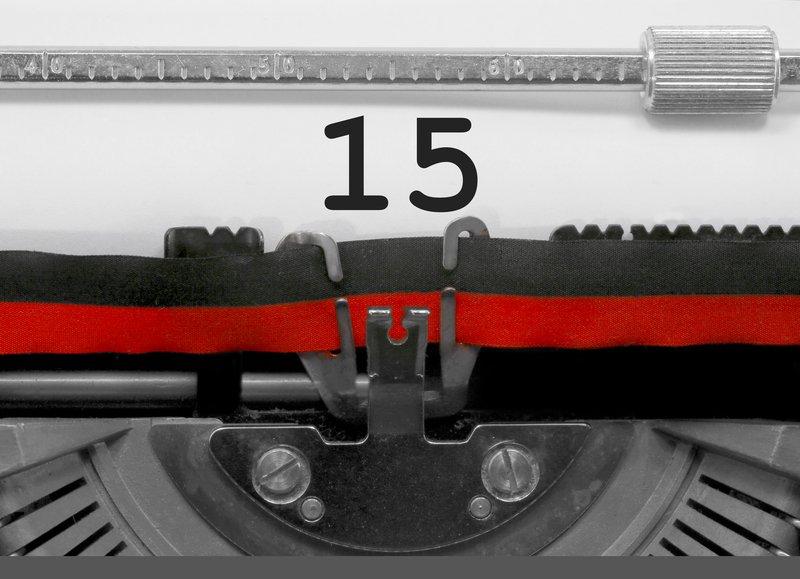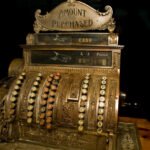If you choose to set up a limited company when you start your business, you will need to file several pieces of paperwork as part of your role as a director.
A balance sheet is one of the many pieces of paperwork you will have to generate on at least an annual basis.
HMRC requires you to produce one as part of your annual accounts. Most people get their accountant to do this.
A balance sheet is different from a profit and loss account (P&L). Your P&L shows a summary of the business’s trading transactions: how much it sold, how much it spent, and the profit. A balance sheet is a snapshot of the business’s financial health.
You will need one if you are applying for a business loan, pitching for investment, or applying for large contracts, including government and council work.
However, a balance sheet isn’t just an expensive bit of paper. It can be a valuable tool for assessing how well your business is doing and the areas you need to focus on in the future.
Your balance sheet will contain a standard set of information that gives anyone looking at it basic information about your business and its performance.
It’s called a balance sheet because there is a debit and a credit entry for everything. Your assets’ total value should always match your liabilities’ total value.
Components of a Balance Sheet
The sheet will list these four items. What is counted under each item will differ from business to business:
Fixed assets
These are possessions with long-term value, such as buildings, land, or computers. They are typically shown at their current resale value.
For example, if you buy a computer for £300 and account for its depreciation over three years, then in the first year’s balance sheet it will have a value of £300; in the second year it will have a value of £200, and in the third year it will have a value of £100.
Fixed assets also include intangible assets such as goodwill, trademarks, website domain names, intellectual property rights, and long-term investments.
Current assets
These are short-term assets whose value can fluctuate day-to-day.
That would include any stock you have, plus work-in-progress, money owed to you by customers, cash in your office or in the bank and any pre-payments, such as rent paid to you in advance.
Current liabilities
These are amounts you owe within one year. This includes money you owe suppliers for goods already received, any short-term loans or other finance and taxes due within the year, including VAT and National Insurance.
Long-term liabilities
These are any amounts due in more than a year, such as long-term finance, bank or director’s loans, and finance agreements.
When you look at the balance sheet, you will get a snapshot of the business’s financial health on that day.
It shows how solvent it is, how the business is being financed, how much capital is being used, and how liquid its assets are (this means how much of its assets are in cash or can easily be turned into cash).
You can also compare the balance sheet to previous sheets, to get valuable information about your business.
For example, if your stock levels are up year on year but sales aren’t, then some of your stock might be out of date and hidden away somewhere. You might also be heading into a cash flow problem as you are spending faster than the cash is coming in.
If the amount owed to your business is growing faster than sales, that will highlight a problem with credit control, which again will lead to a cash flow crisis down the line.
And it’s good to look at what percentage of your overall financing is through borrowing.
This is known as gearing and will be important when seeking a loan or investment. The lower the percentage of your finances borrowed, the stronger your business is.
How are you doing against the competition?
Finally, you can also use balance sheets to compare how your business is doing against its competitors.
You can easily access information about any limited company by searching the Companies House database. It is worth noting that smaller companies are only obliged to submit minimal year-end accounts.
Previously, you might have just looked at their profit. Now, you can compare their balance sheet with yours and see how well your company is really doing.
Remember to get professional advice from a qualified person before taking any action. Don’t rely purely on the information contained in this article.
Subscribe to ByteStart's monthly small business owners' newsletter!

|
Free Tide Business Bank Account - up to £150 Cashback!Simply open a free business current account to qualify + 12 months free transactions. Read our Tide review. Open a Tide savings account at the same time and earn an excellent 4.07% AER (variable) on your spare funds. |










